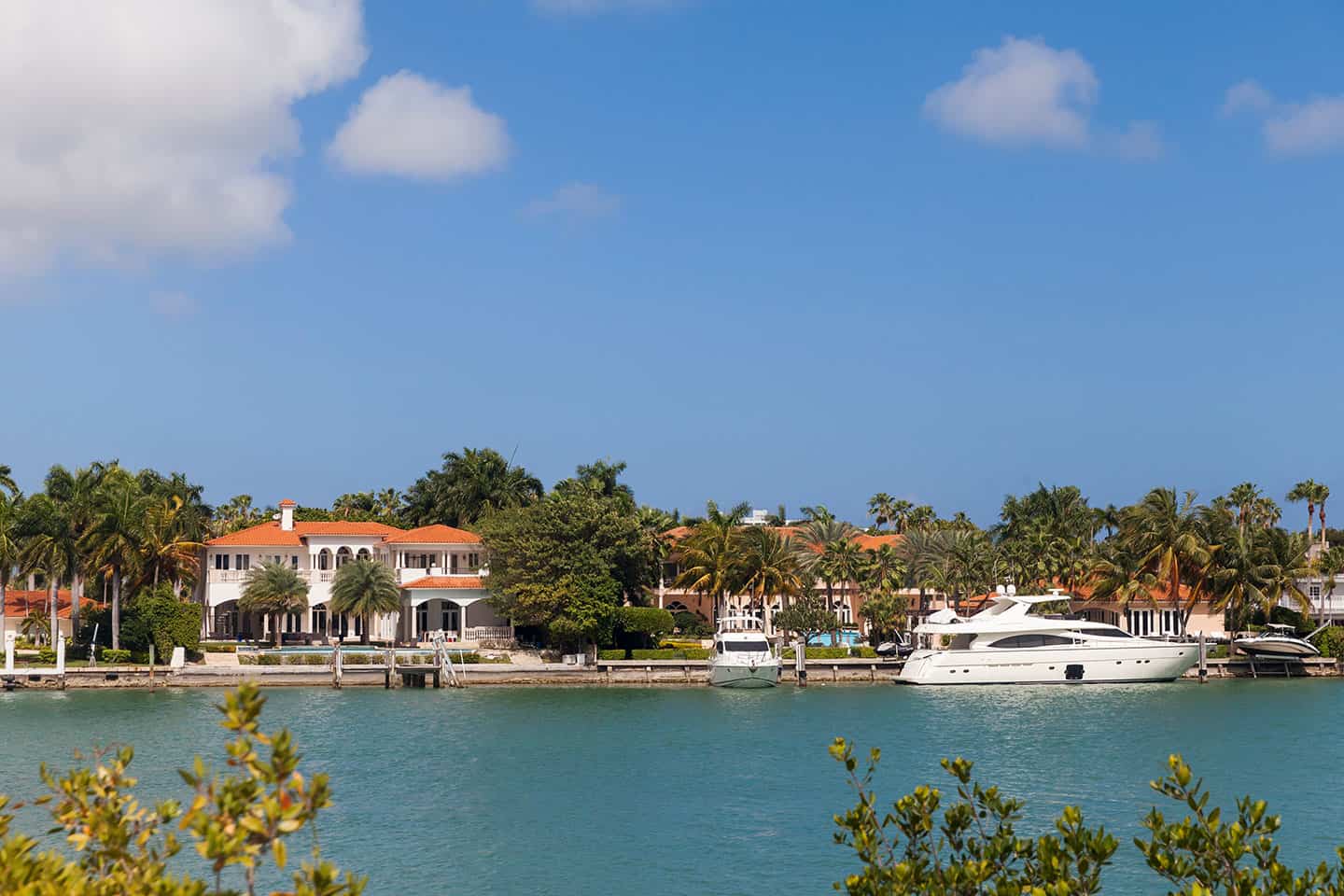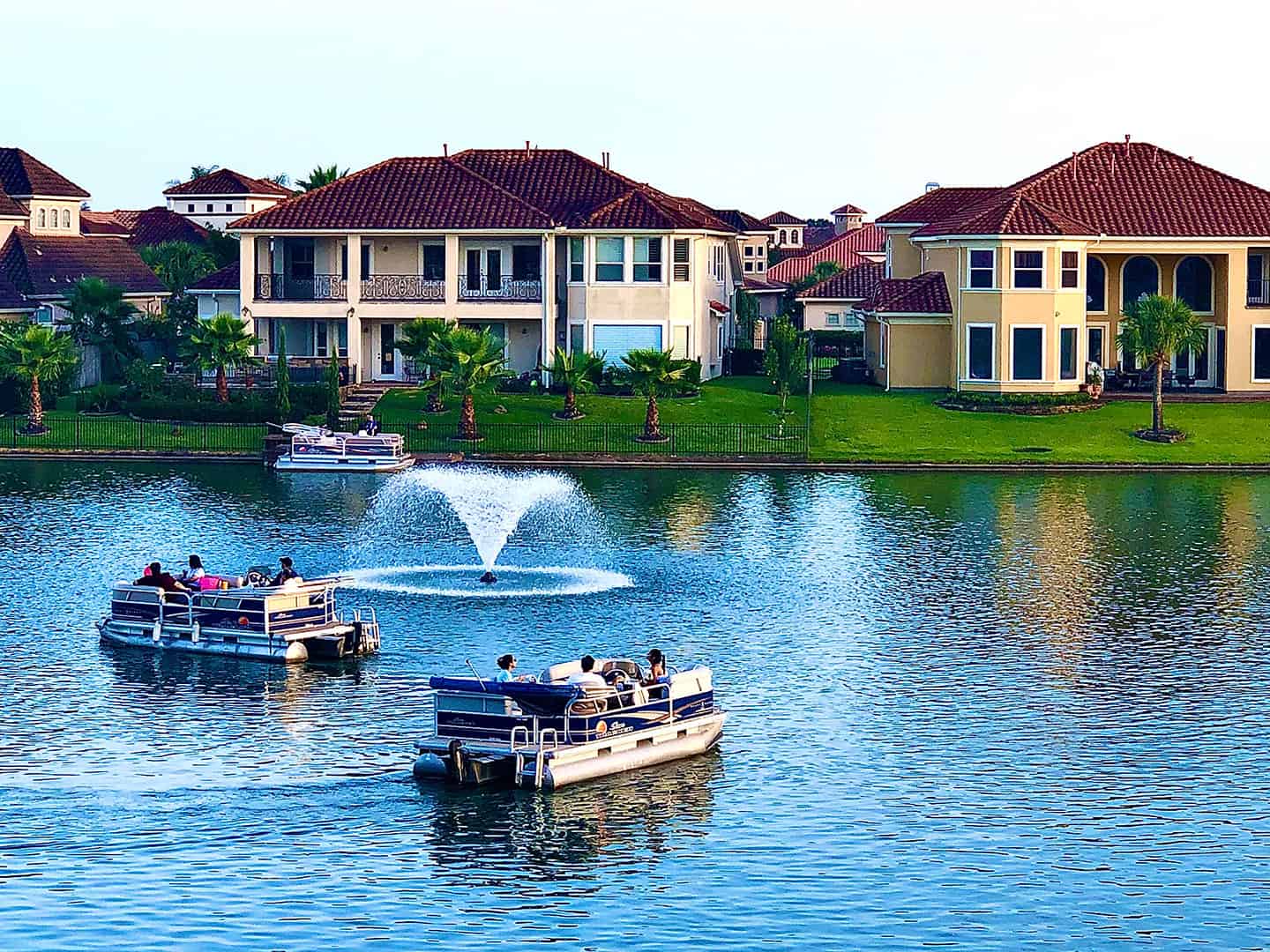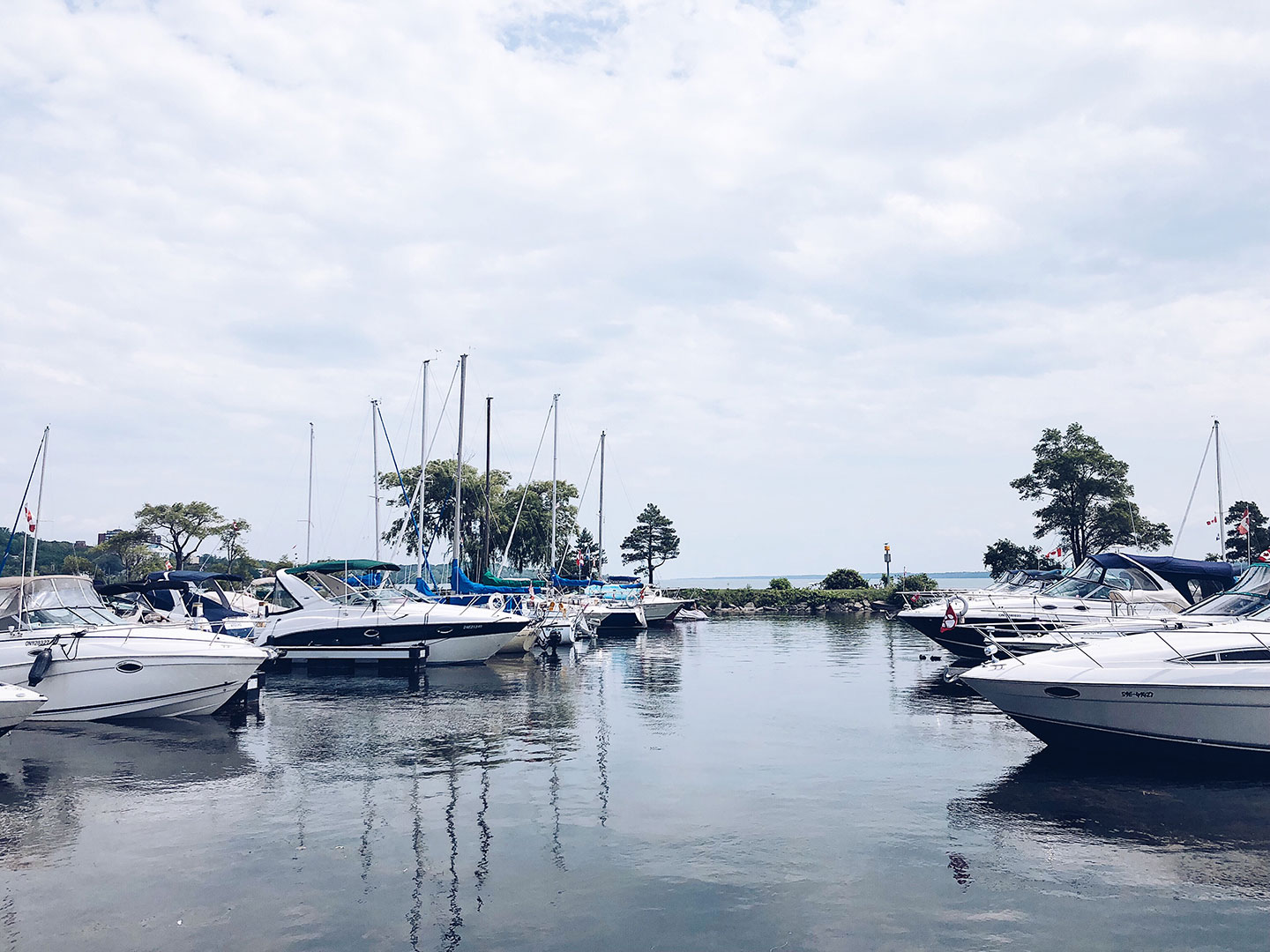Florida’s marine construction scene has taken off in recent years, with experienced companies like Harbor Bay Marine showing homeowners how to tackle the state’s tricky waterfront projects. These guys have figured out how to work with Florida’s maze of rules while building docks that survive our wild weather. If you’re thinking about adding a dock to your waterfront property, their hard-earned knowledge could save you a lot of headaches.

This guide gives you the basics as of early 2025, but Florida’s dock rules change faster than a summer thunderstorm. What I’m sharing here isn’t legal advice – think of it more like getting tips from a neighbor who’s been through this before.
You need to talk to the pros before digging holes or driving piles. Check with the agencies, get current permits, and hire people who know what they do. Every county down here has different rules, and what works in Miami-Dade might get you in trouble in Pinellas County.
Don’t blame me if something changes by the time you read this—Florida bureaucracy moves in mysterious ways.
Let’s be honest about permits, they will test your patience. You’re not just dealing with one office; you’re juggling multiple agencies that all want their share of the approval pie.
The Florida Department of Environmental Protection runs the show for most environmental stuff. They want to know how your dock will affect water flow, marine life, and everything that swims, crawls, or grows underwater. Their reviewers have seen every trick in the book, so don’t try to sneak anything past them.
Then there’s the Army Corps of Engineers. Yeah, the federal government gets involved too. They care about navigation and whether your dock might mess with flood patterns or boat traffic. Even a small residential dock can trigger their review if you’re in the wrong spot.
Your local county or city adds another layer of fun. They’re worried about setbacks, height restrictions, and whether your neighbors will complain. Some beach communities have gotten picky about how docks look, so don’t expect to slap together something from pressure-treated 2x4s and call it good.
Here’s something that surprises a lot of folks – you’ll probably need to lease the underwater land from the state. Florida owns the bottom of most natural water bodies, so you’re essentially renting space for your pilings. The lease process involves proving you need the dock for boats, not just because it looks cool.
💡 Pro Tip: Start this permit dance early. I’m saying months before you want to start building. The agencies don’t care about your timeline; rushing them usually backfires.

Florida has some of the country’s most beautiful and fragile marine environments. The state takes protecting them seriously, and the fines for screwing up can buy you a nice boat – one you’ll need to keep somewhere else.
**Seagrass beds are like underwater gold down here. These grass meadows feed everything from tiny fish to manatees, and they help keep our water clean. Your dock can’t shade them out, so you need to build higher, use grated decking, or get creative with your design. Some areas require floating docks specifically to avoid seagrass damage.
⚠️ Warning: Don’t mess with seagrass beds – the fines for damaging them can buy you a nice boat (one you’ll need to keep somewhere else).
Speaking of manatees, these gentle giants have right-of-way in Florida waters. If you’re in a manatee zone, your construction might get put on hold during peak season. The wildlife folks maintain detailed maps showing where these animals hang out and trust me, you don’t want to build first and ask questions later.
Coral reefs in South Florida add another wrinkle. Even small construction projects can stir up sediment that suffocates coral, so expect extra scrutiny and maybe some expensive monitoring requirements.
The environmental permit process usually means hiring a marine biologist to survey your site. They’ll document what’s living there now and keep tabs on things during construction. Sometimes, you’ll need to do mitigation work – basically fixing up habitat somewhere else to offset any damage your dock might cause.
If you’ve lived in Florida for more than five minutes, you know hurricanes are part of the deal. Your dock must survive 150+ mph winds and storm surges that can lift a boat like a bathtub toy.
The foundation is everything. Most good contractors use helical piles, which look like giant screws that twist deep into the bottom. They grip like crazy and resist the uplift forces that storm surges create. Driving piles work, too, but hammering can annoy marine life and your neighbors.
🌪️ Hurricane Fact: A storm surge can create uplift forces strong enough to lift entire dock sections, like toys. Your foundation needs to resist both upward and downward forces.
Floating docks have become popular because they ride up with storm surge instead of fighting it. Modern floating systems use foam that stays buoyant even when punctured and wrapped in tough plastic shells. The trick is connecting them to the shore with gangways flexing the movement.
Every bolt, bracket, and piece of hardware needs to be marine grade. Regular galvanized steel rusts out fast in salt water. Stainless steel costs more upfront but saves money in the long term. Aluminum works great, too; make sure it’s the right alloy for marine use.
Hurricane tie-downs aren’t just for mobile homes. Many dock owners install systems to secure boats during storms or remove floating sections entirely. Some folks even build docks in sections that can be pulled apart when a big storm is coming.
Florida’s marine environment is brutal in terms of building materials. You’ve got salt spray, blazing sun, temperature swings, and critters that think your dock is a buffet.
Pressure-treated lumber is still the go-to choice for many builders, but ensure it’s rated for marine use. The newer treatments, like ACQ and CA-C, handle saltwater better than the old stuff. Hardwoods like Ipe cost a fortune but last forever—just expect sticker shock.
Composite decking has become very popular. It doesn’t rot, split, or attract marine borers, and you don’t have to stain it every year. The downside is thermal expansion—that stuff can buckle if it’s not installed right. Also, it gets slippery when wet, which isn’t great around water.
💰 Money Saver: When choosing materials, factor in maintenance costs. If you’re constantly replacing boards, that cheap lumber might cost twice as much over ten years.
Aluminum framing makes sense for floating docks. It’s light, strong, and doesn’t rust. Just keep it away from other metals to prevent galvanic corrosion—basically, dissimilar metals create a battery effect that eats your dock from the inside.
Concrete works great for pilings and permanent structures. The new mixes can handle salt water much better than old-school concrete. Precast sections often work better than pouring on-site, especially over water.
Whatever you choose factor in maintenance costs. If you’re constantly replacing boards, that cheap lumber might cost twice as much over ten years.
🔍 Site Check: Walk to your waterfront at different tides and weather conditions before finalizing your dock plans. What looks perfect at high tide might be a disaster at low water.

Every waterfront property is different, and your dock design needs to match your specific conditions. Water depth changes with tides, seasons, and storms. That spot that looks perfect at high tide might leave your boat in the mud in low water.
Bottom conditions vary wildly around Florida. Sandy areas make pile driving easier, but soft muck can be tricky. Rocky bottoms might need special equipment. Some areas have complex pan layers that require serious drilling equipment to penetrate.
Wave action depends on your exposure. Protected coves might only deal with boat wakes, while open water faces wind-driven waves that can beat up your dock. Orientation matters, too – you want to minimize wave impact while making boat handling easy.
Access to construction is often overlooked until it’s too late. Can the pile-driving equipment reach your site? Is there room for material deliveries? Some waterfront lots are beautiful but a nightmare for contractors.
🚚 Reality Check: Make sure construction equipment can reach your site. Pile drivers are big, heavy machines that need solid ground and clear access paths.
Think about long-term usability, too. Where will you store dock boxes, cleaning supplies, and boat gear? How will guests safely walk to your boat? Do you need lighting, water, or electrical service?

Unless you’re already in the marine construction business, you will need professional help. This isn’t a weekend DIY project; the learning curve is steep and expensive.
Marine contractors who know Florida waters are worth their weight in gold. They understand local permitting quirks, know which materials work best in your area, and have relationships with the regulatory agencies. A good contractor can navigate permit issues that would stump a homeowner for months.
Design professionals include marine engineers, environmental consultants, and specialized dock designers. They can balance your wants with regulatory requirements and create something that works in your specific conditions.
Don’t cheap out on this part. A contractor who never built in Florida will make expensive mistakes you’ll pay for. Similarly, trying to DIY the permit process usually costs more than hiring someone who knows the system.
⭐ Contractor Tip: Ask potential contractors for recent references from similar projects in your area. A good track record with local permits is worth its weight in gold.
Get multiple quotes, but don’t automatically pick the cheapest. Ask about their experience with projects like yours, recent permit approvals, and how they handle problems during construction. Good contractors will give you references and won’t promise unrealistic timelines.
Dock construction costs vary wildly depending on size, location, materials, and complexity. A simple fixed dock might start around $20-30 per square foot, while complex floating systems with utilities can hit $100+ per square foot.
Permits alone can cost several thousand dollars when you factor in application fees, surveys, and consultant reports. Environmental monitoring adds more cost, especially if mitigation work is required.
💸 Budget Reality: Plan for 20-30% more than your initial budget. Dock projects have a way of revealing unexpected complications once work begins.
Factor in ongoing costs, too. Marine environments require more maintenance than land-based structures. Budget for annual cleaning, periodic repairs, and replacement of worn components.
Insurance costs might increase with a dock, and some areas require additional liability coverage. Check with your agent before you start building.
Regulatory Agencies
Environmental Resources
Building Codes and Standards
Professional Organizations
Hurricane and Weather Information
Materials and Equipment Resources
Local Resources
Your county or city probably has specific requirements that are not covered by state rules. Many coastal counties have dedicated marine construction permitting departments. Call them early in your planning process – they often know shortcuts to save time and money.
Building a dock in Florida is complicated, expensive, and time-consuming. But if you do it right, you’ll have a waterfront asset that adds value to your property and gives you years of enjoyment.
Start planning early, budget for more than you think you’ll need, and hire professionals who know Florida’s unique challenges. The permit process will test your patience, but cutting corners usually costs more in the long run.
Most importantly, remember that every waterfront property is different. What worked for your neighbor might not work for you. Get site-specific advice, and don’t assume anything based on other projects you’ve seen.
Good luck, and welcome to Florida waterfront living—it’s worth the hassle once you’re sipping drinks on your own dock and watching the sunset over the water.
Your waterfront property holds incredible potential, but unlocking it demands more than good intentions—it requires strategic planning, skilled craftsmanship, and deep understanding of marine environments. When you invest in professional consultation and expert construction, you’re not just building structures; you’re creating lasting value through superior performance, minimal upkeep, and years of waterfront enjoyment.
No two waterfront properties are identical. Each location presents its own blend of environmental factors, regulatory requirements, and structural challenges that shape the optimal development approach. Professional evaluation reveals hidden opportunities while identifying potential obstacles, ensuring your vision aligns perfectly with both natural conditions and practical realities.
Ready to discover what’s possible for your property? Harbor Bay Marine Industries invites you to explore your options with a complimentary consultation and comprehensive site evaluation. Call 772-335-7080 to connect with owner Scott Szafranski, who brings over two decades of Treasure Coast marine construction expertise to every project assessment. His hands-on approach delivers honest insights and tailored recommendations that reflect both your aspirations and the unique characteristics of your waterfront location.
Please note: This information serves as general guidance for waterfront development planning. Actual requirements depend on specific location parameters and project scope. Professional consultation and proper permitting are essential before initiating any construction activities.